I am developing custom camera API 2 app, and I notice that the capture format conversion is different on some devices when I use ImageReader callback.
For example in Nexus 4 doesn't work fine and in Nexus5X looks OK, here is the output.
I initialize the ImageReader in this form:
mImageReader = ImageReader.newInstance(320, 240, ImageFormat.YUV_420_888,2);
And my callback is simple callback ImageReader Callback.
mOnImageAvailableListener = new ImageReader.OnImageAvailableListener() {
@Override
public void onImageAvailable( ImageReader reader) {
try {
mBackgroundHandler.post(
new ImageController(reader.acquireNextImage())
);
}
catch(Exception e)
{
//exception
}
}
};
And in the case of Nexus 4: I had this error.
D/qdgralloc: gralloc_lock_ycbcr: Invalid format passed: 0x32315659
When I try to write the raw file in both devices, I have these different images. So I understand that the Nexus 5X image has NV21 codification and the Nexus 4 has YV12 codification.

I found a specification of image format and I try to get the format in ImageReader. There are YV12 and NV21 options, but obviously, I get the YUV_420_888 format when I try to obtain the format.
int test=mImageReader.getImageFormat();
So is there any way to get the camera input format (NV21 or YV12) to discriminate this codification types in the camera class? CameraCharacteristics maybe?
Thanks in advance.
Unai. PD: I use OpenGL for displayin RGB images, and I use Opencv to make the conversions to YUV_420_888.
